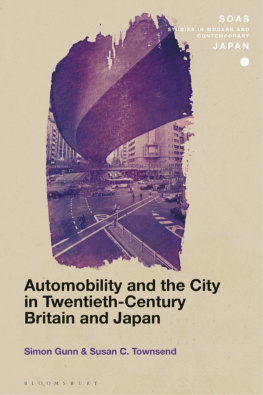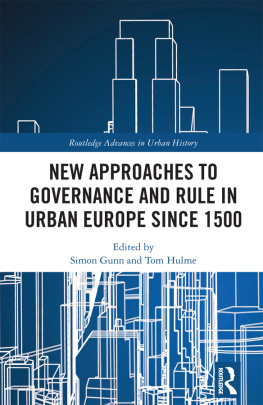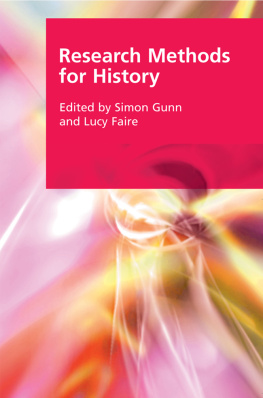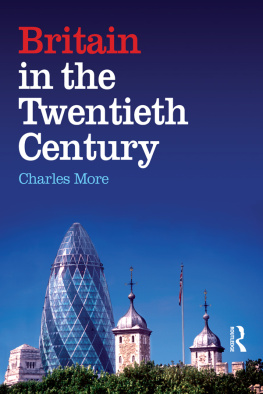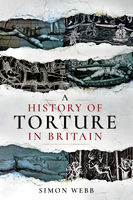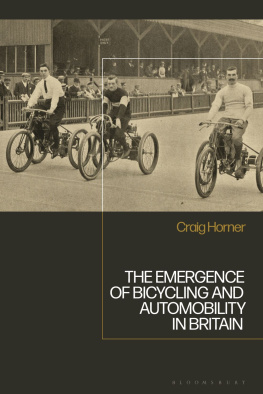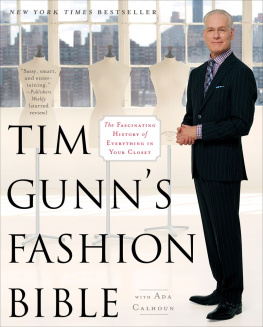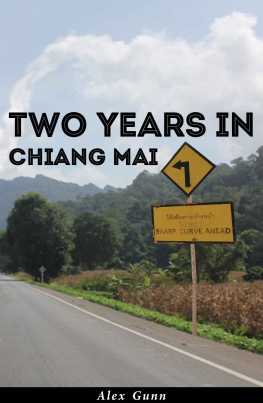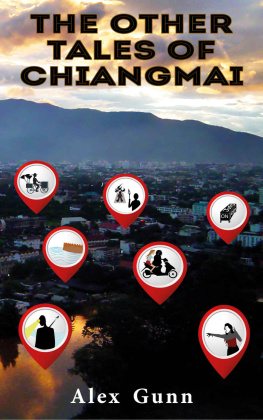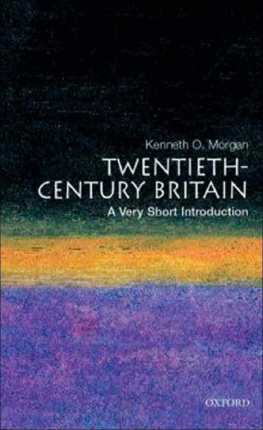Automobility and the City
in Twentieth-Century Britain and Japan
SOAS Studies in Modern and Contemporary Japan
SERIES EDITOR:
Christopher Gerteis (SOAS, University of London, UK)
EDITORIAL BOARD:
Stephen Dodd (SOAS, University of London, UK)
Andrew Gerstle (SOAS, University of London, UK)
Janet Hunter (London School of Economics, UK)
Barak Kushner (University of Cambridge, UK)
Helen Macnaughtan (SOAS, University of London, UK)
Aaron W Moore (University of Edinburgh, UK)
Timon Screech (SOAS, University of London, UK)
Naoko Shimazu (NUS-Yale College, Singapore)
Published in association with the Japan Research Centre at the School of Oriental and African Studies, University of London, UK.
SOAS Studies in Modern and Contemporary Japan features scholarly books on modern and contemporary Japan, showcasing new research monographs as well as translations of scholarship not previously available in English. Its goal is to ensure that current, high-quality research on Japan, its history, politics and culture is made available to an English-speaking audience.
Published:
Women and Democracy in Cold War Japan, Jan Bardsley
Christianity and Imperialism in Modern Japan, Emily Anderson
The China Problem in Postwar Japan, Robert Hoppens
Media, Propaganda and Politics in 20th Century Japan, The Asahi Shimbun Company (translated by Barak Kushner)
Contemporary Sino-Japanese Relations on Screen, Griseldis Kirsch
Debating Otaku in Contemporary Japan, edited by Patrick W. Galbraith, Thiam Huat Kam and Bjrn-Ole Kamm
Politics and Power in 20th-Century Japan, Mikuriya Takashi and Nakamura Takafusa (translated by Timothy S. George)
Japanese Taiwan, edited by Andrew Morris
Japans Postwar Military and Civil Society, Tomoyuki Sasaki
The History of Japanese Psychology, Brian J. McVeigh
Postwar Emigration to South America from Japan and the Ryukyu Islands, Pedro Iacobelli
The Uses of Literature in Modern Japan, Sari Kawana
Post-Fascist Japan, Laura Hein
Mass Media, Consumerism and National Identity in Postwar Japan, Martyn David Smith
Japans Occupation of Java in the Second World War, Ethan Mark
Gathering for Tea in Modern Japan, Taka Oshikiri
Engineering Asia, Hiromi Mizuno, Aaron S. Moore and John DiMoia
Automobility and the City in Twentieth-Century Britain and Japan. Simon Gunn and Susan C. Townsend
Forthcoming:
Kenkoku University and the Experience of Pan-Asianism, Yuka Hiruma Kishida
This book is the result of a collaboration between an urban historian of Britain (Simon Gunn) and a historian of ideas specializing in Japan (Susan Townsend). Collaborations such as this between different types of historian and across different societies have become increasingly rare. It is over fifteen years since the publication of the pioneering comparative study, Urban Reconstruction in Britain and Japan, 19451955: Dreams, Plans and Realities, co-authored by Nick Tiratsoo, Hasegawa Junichi, Tony Mason and Takao Matsumura. Since then comparative history has given way to transnational and global history (themselves often construed as an extension of larger national histories of empire), while comparative studies of Japan and Britain have been almost non-existent. Partly for these reasons, our study has always had the air of an experiment, combining different approaches to historical writing intellectual history and urban history in a comparison of two countries Japan and Britain and two cities Nagoya and Birmingham, which were, in particular respects, radically distinct and startlingly similar.
It has been a long project, starting in 2008 with the idea of comparing the history of Birmingham and Nagoya as motor cities. Our departure point was the idea that Nagoya and Birmingham were, indeed, places worthy of comparison: both centrally located, second to their respective capitals, Tokyo and London, each with long histories of industrial production. In the twentieth century both cities became major centres of motor manufacturing cars, motorbikes, vans, trucks and began to be planned around the priorities of motor traffic. Birmingham and Nagoya, like the larger societies of which they were part, appeared a productive standpoint from which to examine a global historical process, automobility, which nevertheless exhibited distinctive cultural features in different countries and parts of the world. Our questions were specific and simple. How did mass motorization come about in Japan and Britain? How, in particular, was it integrated with cities which pre-existed the automobile age? What were its implications for the urban environment and how were its effects handled by people politicians, planners, residents, drivers, pedestrians and others? Although straightforward, these questions had no ready answers. Automobility has only recently become an object of historical study in Britain and studies of automobility in Japan were almost all economic histories of the motor industry. There was no precedent for a comparative study of the relationship between automobility and the city in the two countries.
We were able to begin research in 2011 with the benefit of a generous grant from the Leverhulme Trust.were consulted including film, photographs, magazines, posters and, of course, automobiles themselves. As the research progressed we became increasingly aware of the widening ramifications of the subject, from the micro-histories of local protest against roads blight to the threat of global warming in which mass automobility has been a significant contributor. It also gradually became clear that our study, which originally focused on the relatively narrow period of high motorization between the mid-1950s and the mid-1970s, required to be extended backwards and forwards in time. By expanding the time-period studied to extend from the 1920s to the 1990s, we highlight the long relationship between automobility and the city in places like Nagoya and Birmingham, where planning for motorization began early and the effects of automobility were long-lasting, enduring, indeed, to the present and beyond. As a consequence, our study now covers much of if not the whole of the twentieth century.
We have accumulated an unusual number of debts in the course of this study which has involved many people and institutions over the last decade. We are most grateful, firstly, to the Leverhulme Trust, whose grant made the research for this book possible. Special thanks go to Mino Ksei and Matthew Parker, our researchers between 2012 and 2015, who not only uncovered many of the sources for us but also contributed significantly to the ideas we have elaborated in the book. We are grateful to the Centre for Advanced Studies (CAS) University of Nottingham for providing us with seed-corn funding to hold a workshop in Birmingham in April 2010. Through the workshop we made contact with leading experts in the field of Japanese urban history, Paul Waley and Andr Sorensen, as well as in the history of urban planning in Britain and Birmingham, David Adams and Alan Wenban-Smith. At the workshop we also made contact with our Japanese colleagues Hotta Yoshihiro, an expert on the architecture of motorization, and historical geographer Mizoguchi Tsunetoshi at Nagoya University. Their generosity and support were invaluable in helping us organize a conference in Nagoya in April 2014, and we thank them and the University of Nagoya for their kind hospitality in hosting the event. We would also like to thank the librarians and archivists in the major collections used: the David Wilson Library, University of Leicester; Birmingham Central Library Archives and Local Studies; University of Birmingham Special Collections; the Media Archive for Central England, University of Lincoln; the National Archives; the British Library; Library of the Institute for Civil Engineers, London. We are grateful to the archivists and librarians in Japan in the collections used there: the National Diet Library, the Ministry of Land, Information, Transport and Tourism (MLIT) Library and the Japanese Automobile Manufacturers Association Library in Tokyo; the NHK Archives in Saitama; Nagoya City Archive, Toyota Museum of Science and Technology Library and the Nagoya Urban Institute in Nagoya.


